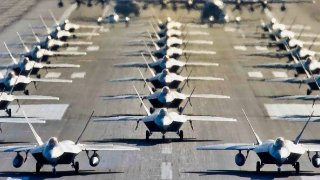Russia's MiG 1.44 Jet Was Built to Fight the F-22 Raptor
The MiG-1.44 was a Soviet-era concept for a fifth-generation stealth fighter designed to compete with the U.S. F-22 Raptor.
Summary: The MiG-1.44 was a Soviet-era concept for a fifth-generation stealth fighter designed to compete with the U.S. F-22 Raptor.
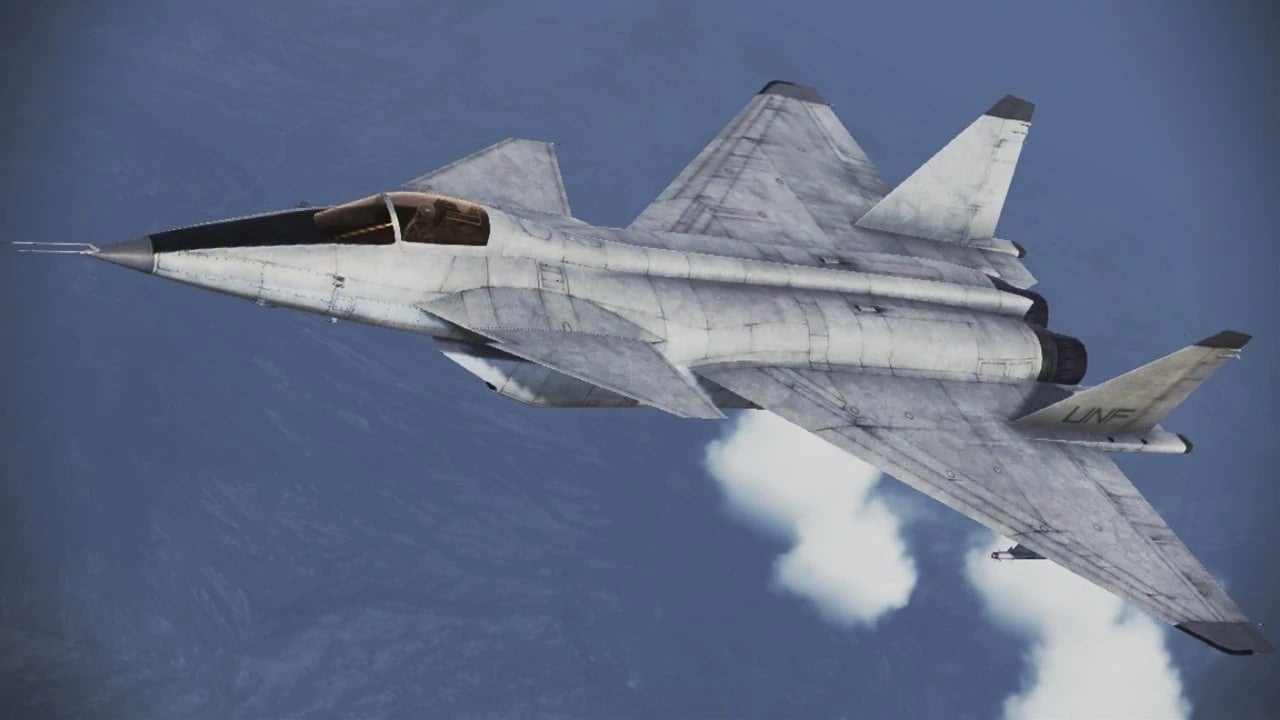
-Despite its advanced design, including super maneuverability and stealth capabilities, the program was hindered by financial constraints and technological challenges, leading to its cancellation.
-The aircraft's potential was never fully realized, and only two test flights were conducted before the project was abandoned.
-The Russian military eventually chose the Su-57 as their primary fifth-generation fighter, although it too faces development issues.
During the Cold War, the Soviet Union, notably throughout the first half of the conflict, was a true peer competitor to the United States. Sure, there were some things that the Americans did better. But the Soviets were able to keep pace with—and, in certain areas, surpass—their American rivals (at least for a time).
The Soviets were a technologically proficient superpower. One area where they were always able to balance against the Americans was in the critical domain of aerospace. Many of the weapon designs that the Russians, and much of their equipment in use today, are holdovers from the later Soviet days.
MiG 1.44: Russia’s Dreams Fail to Meet Reality
One such design belongs to the MiG-1.44. Conceived by old Soviet designers back in the 1980s, when they had gotten word that the Americans were developing their fifth-generation warplane, the F-22 Raptor, the Soviet Air Force wanted to keep up. Unlike the earlier days of the Cold War, the Soviet Union in the 1980s was a Potemkin force. They could huff and puff, but that was about all they could do (which is why the Soviets ultimately stood down in the Cold War).
Nevertheless, Soviet designers started cooking up their own fifth-generation warplane. This plane, like the American fifth-generation warplanes, would possess super maneuverability, advanced avionics, and stealth capabilities. Designed to replace the Sukhoi Su-27, the Soviets awarded Mikoyan, the company that produces the MiG fighter series, the contract to develop the MiG-1.44 concept (there were two versions produced, the MiG-1.42 and the MiG-1.44, but the latter is the more important of the two).
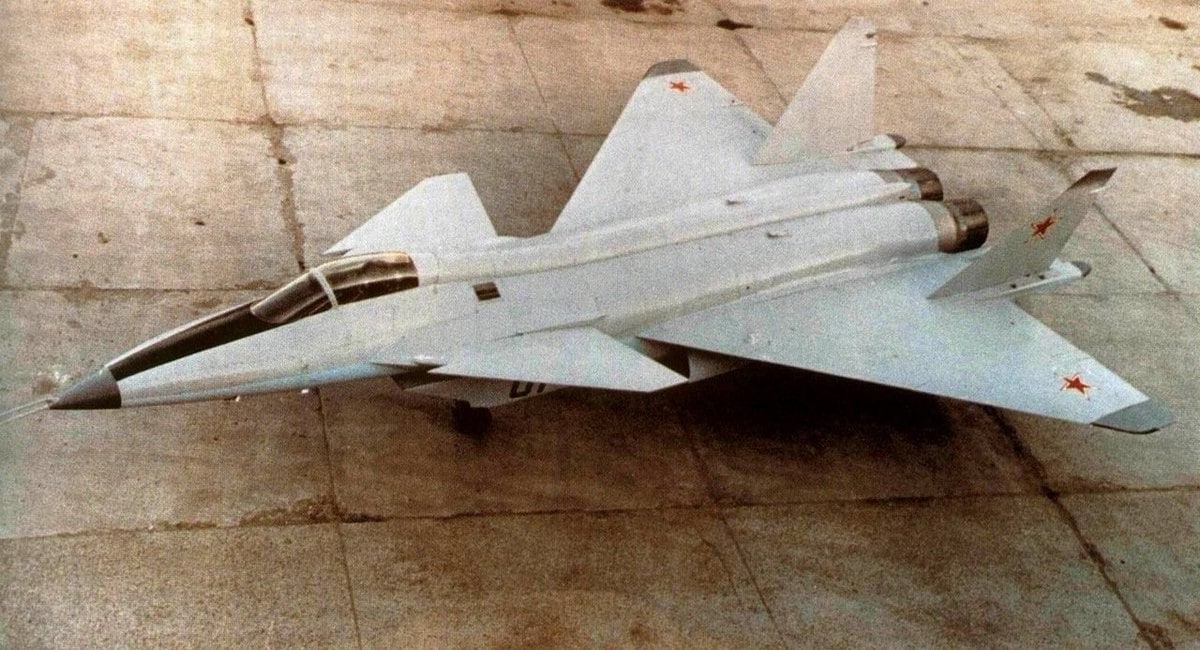
The MiG-1.42/.44 concept plane was designed to travel at a top cruising speed of about Mach 2.6. The MiG-1.44 could also shoot missiles backwards, to help win intense dogfights with American warplanes. What’s more, it was supposed to have an internal weapons bay. The demonstrator version of the MiG-1.44, however, lacked the internal weapons bay. This can best be explained by the fact that at no point during the design of the MiG-1.44 did Moscow ever have the funds required to make such a whizbang, next-generation system work.
The Soviets simply could not keep up with the Reagan era defense buildup.
Capitalizing on advances in computer technology that occurred in the late 1970s, as well as the economic dynamism that former President Ronald Reagan’s excellent domestic policies had unleashed, the fortieth president engaged in what many of his detractors referred to as, “military Keynesianism.” Whether one supported Reagan or not in the 1980s, the fact remained that the Americans outpaced the Reds technologically and economically allowing for a strategic and political victory over the Soviets by 1991.
The MiG-1.44 was one of the many victims of the Soviet failures in the 1980s. There was never enough money available to achieve the ambitions of her designers.
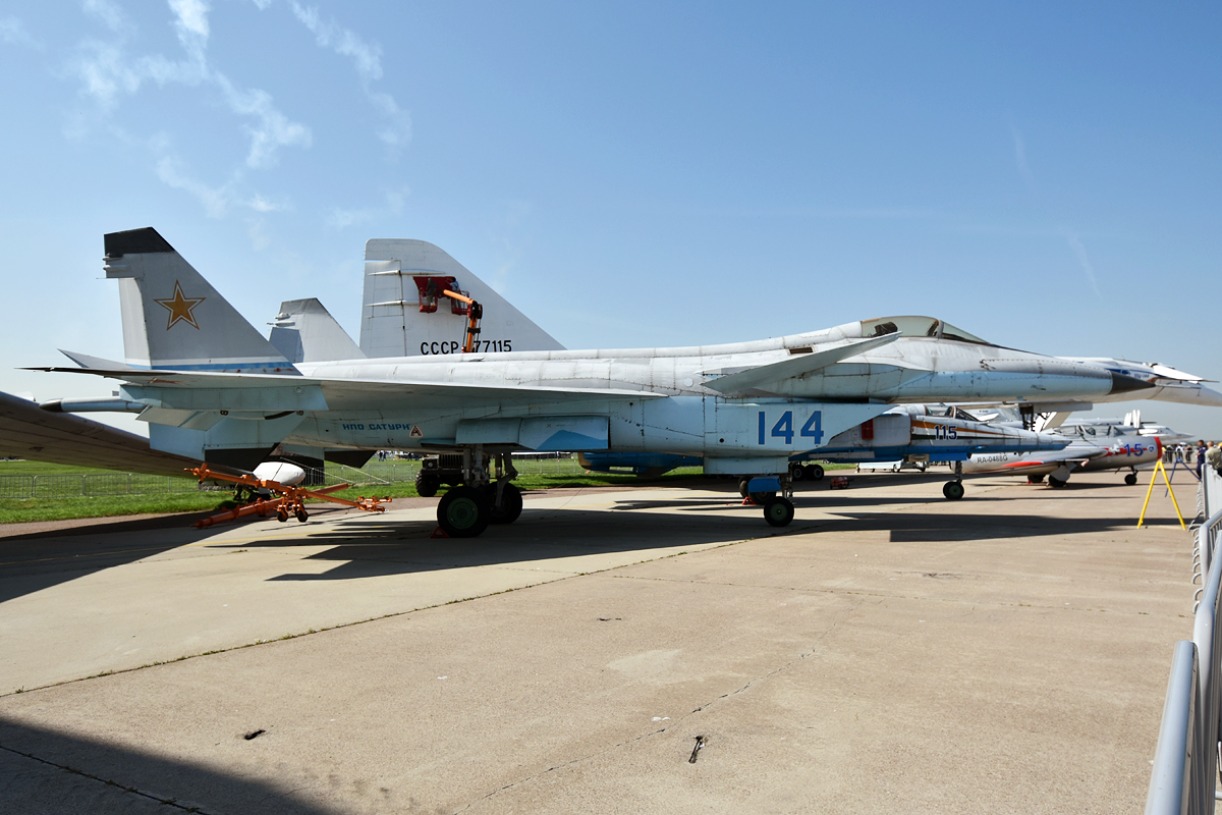
Had there been the funding available, though, it is possible the MiG-1.44 would have at the very least, balanced the F-22 Raptor. Everyone knows it. Hence, why the Russians, despite lacking the funds throughout the depressing and chaotic post-Soviet 1990s, kept the program on ice rather than cut it entirely.
If they ever had the funds and resources again to make the MiG-1.44 work, Russia could have revolutionizedits air force.
After all, America may have begun designing the F-22 in the 1980s but it didn’t become a fully deployable system until the early 2000s. By 2009, due to political and economic constraints, the program was shuttered prematurely. Today, the first units of the F-22A Raptor are even being looked at by the USAF brass for possible decommissioning.
MiG 1.44 Was A Compromised System
Thus, the MiG-1.44 being delayed throughout the 1990s would not have been that big of a deal to keep it on pace to be a lethal and relevant system in the 2000s. Yet, the plane never made it beyond the testing phase. Its first flight was in 2000. There had been many compromises made due to the shortfalls of the post-Soviet system.
Still, it could have been a capable war machine had the investment been there.
Russia, however, lacked the capabilities to reliably mass produce and maintain their version of the F-22A Raptor. So, even if the Russians had consistently committed funding and the requisite resources for the program, it would have been for naught if they could not maintain the program in the long-run.
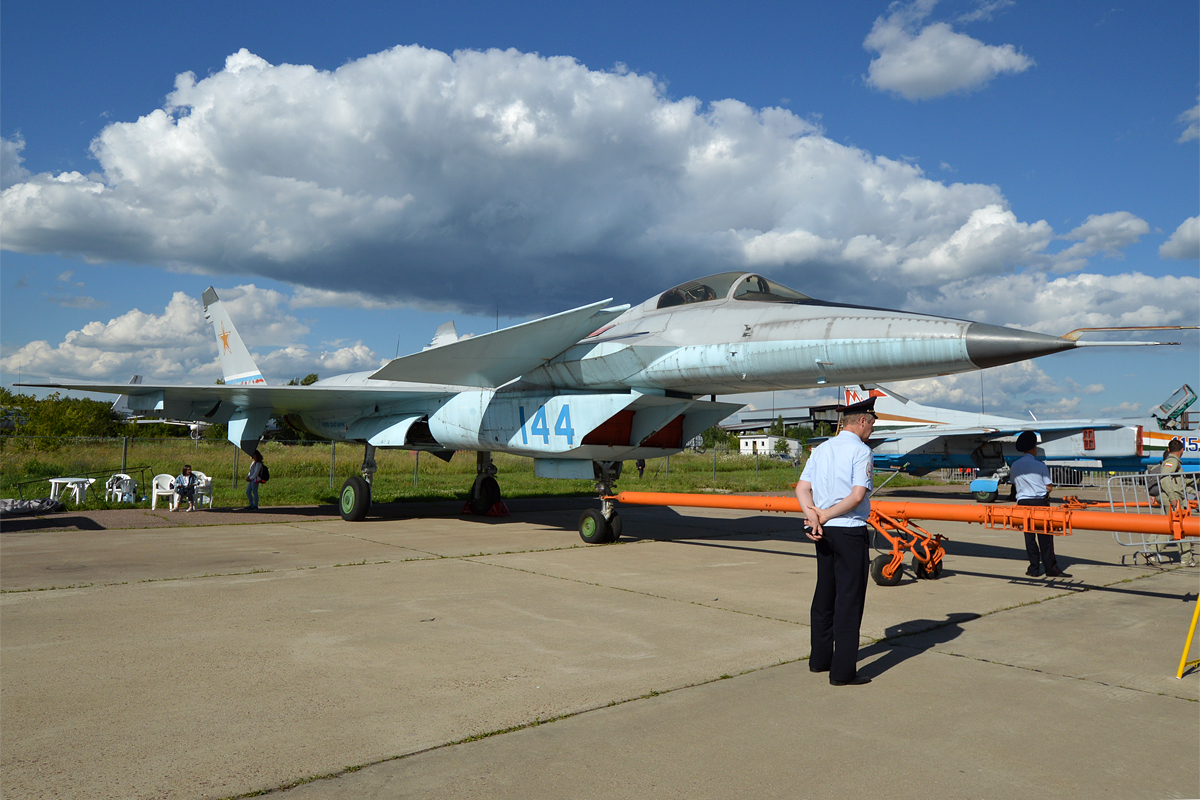
Ultimately, two test major test flights were conducted on the demonstrator version. Afterward, it was abandoned. The Russians refurbished the demonstrator and, since 2015, it has been on display at an aerospace museum. The Russian military went with the Su-57 fifth-generation warplane as their primary fifth-generation warplane rather than the MiG-1.44. Yet, the Su-57 today is also running into some problems.
It remains to be seen if Russia can reliably field a fifth-generation warplane in this era.
About the Author
Brandon J. Weichert, a National Interest national security analyst, is a former Congressional staffer and geopolitical analyst who is a contributor at The Washington Times, as well as at American Greatness and the Asia Times. He is the author of Winning Space: How America Remains a Superpower (Republic Book Publishers), Biohacked: China’s Race to Control Life, and The Shadow War: Iran’s Quest for Supremacy. Weichert can be followed via Twitter @WeTheBrandon.


